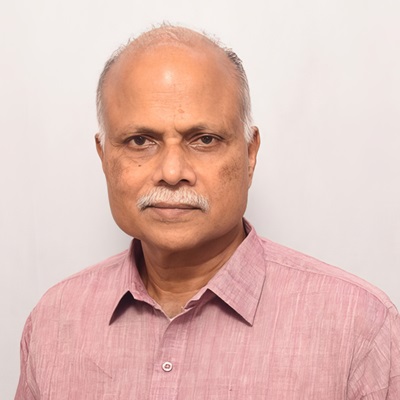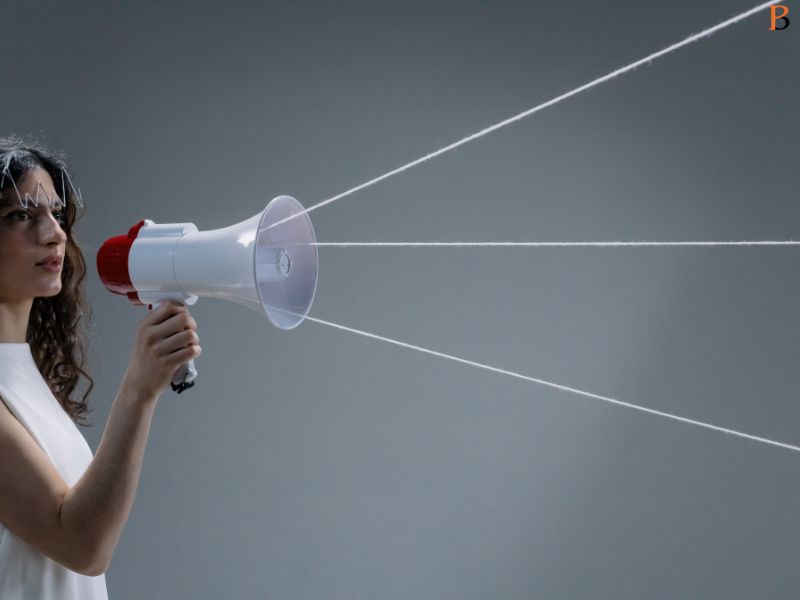.png)

T.K. Arun, ex-Economic Times editor, is a columnist known for incisive analysis of economic and policy matters.
February 8, 2025 at 5:38 AM IST
A curious cross-party consensus is emerging, with BJP-ruled states joining Opposition-ruled ones in demanding that the Finance Commission devolve 50% of the taxes collected by the Centre to the states. Right now, the divisible pool, that is, the proportion of the taxes collected by the Centre that should be shared with the states, stands at 41%, as recommended by the 15th Finance Commission.
In practice, the Centre shares only 32-33% of the taxes it collects, labelling quite a bit of revenue as assorted cesses, to push them outside the divisible pool.
At the same time, the states are coming under increasing pressure to spend ever larger sums on welfare payments, subsidies to farmers (on power and irrigation water, for example), and subsidies to new enterprises that set up shop in their territories. These latter subsidies take the form of readymade infrastructure in industrial parks, employee housing for large electronic assembly units, and the like. They can be dressed up as investment on the state’s books, while serving to subsidise production and employment in the state. GST has put paid, more or less, to the previous race to the bottom on tax incentives given at the state level to new enterprises.
Many states feel pressured to give bonuses to farmers, that is, a top-up over and above the procurement price offered by central procurement agencies, such as the Food Corporation of India. Some clever states derive the entirety of the revenue for the bonus from a mandi (market) tax they levy on the procured grain, so that, in effect, they filch funds from the Centre’s food subsidy bill to pay their own farmers subsidy not envisaged by the Centre when it prepares its food subsidy bill.
Food subsidy is the difference between the proceeds of the sale of grain stored with the FCI and the cost incurred on procurement, transportation, storage, spoilage and pilferage of the grain in central stocks. The grain is sold at a discount, mostly to state agencies that manage the public distribution system, and some bit in the open market, to cool prices.
Now, over the last few years, a demand has been gaining ground to switch back to the Old Pension System, in which government employees were paid, from the proceeds of current revenue collections, a defined benefit equivalent to 50% of the sum of the basic salary at the time of retirement and the dearness allowance drawn at the time of retirement. This benefit would go up, with the DA being increased every six months, to take into account the rise in the consumer price index. Pension would go up whenever a Pay Commission recommended higher pay for civil servants, the retiree’s basic pay, which goes into her pension calculation, being revised to equal the starting level in the pay scale for serving employees of her rank.
The central government instituted the National Pension System to rid itself of what it recognized as an unsustainable pension burden. The NPS is a defined contribution model, in which the employee and the employer contribute specified proportions of their salary every month, building a corpus that is invested in securities – whether equity or bonds, greater weightage being given to government bonds, as compared to corporate bonds. At the time of retirement, employees are mandated to use 40% of the saved corpus to buy an annuity, and receive the remaining 60% as a lump sum, with which the pensioner could do whatever she deemed expedient.
All states, save West Bengal and Tamil Nadu, moved their own freshly-recruited employees to the NPS. Now, some states have started going back to OPS, thanks to populism. There are two elements to this. One is the demand from employees to go back to OPS.
The pension an employee would get under NPS is uncertain. Pension depends on the returns generated by the accumulating corpus over the employee’s work life and by subsequent earnings on the deployment of the lump sum. The only certainty is about the monthly payment guaranteed by the annuity purchased. Most Indians grow up in a culture that abhors uncertainty in money matters.
Another incentive for states to go back to OPS is fiscal pressure. To move employees to NPS, the state has to bear a double fiscal burden. Pensions of employees retiring under OPS must be paid out, and, in addition to that, contributions must be made to the pension corpus of new recruits. As the proportion of new recruits in the civil service rises, the funding burden would go up. To revert to OPS is to dispense with the burden of funding, in the present, the new recruits’ future pensions. While this makes for sustainability in the long run, politicians who seek short-term fiscal elbow room, are tempted to go back to OPS, which would also please employees. Future pensions, after all, are someone else’s problem.
Even as India’s gross domestic product has been rising, the share of states in total general government expenditure has also been increasing. Today, the states spend 63-64% of total government spending by the Centre and the states combined. In 2009-10, states collectively spent 15.7% of GDP, whereas, as per the 2024-25 state budgets, their spending would go up to 19.3% of GDP. Of course, budgeted amounts do not always get spent. According to the more reliable figures for 2023-24, state government disbursals amounted to 19.5% of GDP.
Under the Constitution, states cannot borrow without the permission of the Centre, if they owe even ₹1 to the Centre. The scope for other capita receipts is limited as well. So, to finance additional spending, states have to rely on additional revenue. The tax revenue mobilized by the states themselves tends to be a shade less than 50% of the total revenue of the states. A quarter comes from non-tax revenue: interest earned on loans, dividends from state-owned enterprises, tolls, fines and penalties, user charges for water, electricity and the like. Only a quarter of states’ revenues come by way of devolutions from the Centre.
GST takes care of the bulk of tax collections. It cannot be raised unilaterally. Excise duty on liquor is already at the maximum level of tolerance in most states. Raising non-tax revenues entails hard decisions like raising user charges, including for power and water. So, if the states want to spend more, say on more welfare payments or more industrial subsidies, they are left with pitching for higher central devolutions.
The Tenth Finance Commission was the first one to recommend that states receive a uniform share of all the Centre’s taxes – prior to that, the states got 85% of income taxes and 40% of excise duties. The 10th FinComm recommended that the states be given 29% of the Centre’s gross tax collections. This rose, over time and successive FinComms, to 41%, a big jump from 32% being recommended to compensate for the Plan loans and grants that were done away with, along with planning.
So, the states feel that, since they account for the bulk of spending, and do not have access to capital markets the way the Centre has, they should get a higher share of the nation’s tax collections. Narendra Modi had raised the demand, when chief minister of Gujarat, that the state’s share in the gross tax collections of the Centre should be 50%. This encourages even BJP chief ministers to raise this demand, joining hands with Opposition states such as Kerala, Tamil Nadu and Karnataka.
The demand is being made while individual states make their respective representations to the Finance Commission. The Commission, the 16th iteration of the body charged by the Constitution to recommend to the Union government how much of its tax collections should be distributed to the states, and how that divisible pool of taxes should be distributed among the states, is currently touring the different states to learn, firsthand, the fiscal challenges of each state.
This purely technical body, curiously enough, provides the background for an unexpected political alignment, of the states against the Centre.




